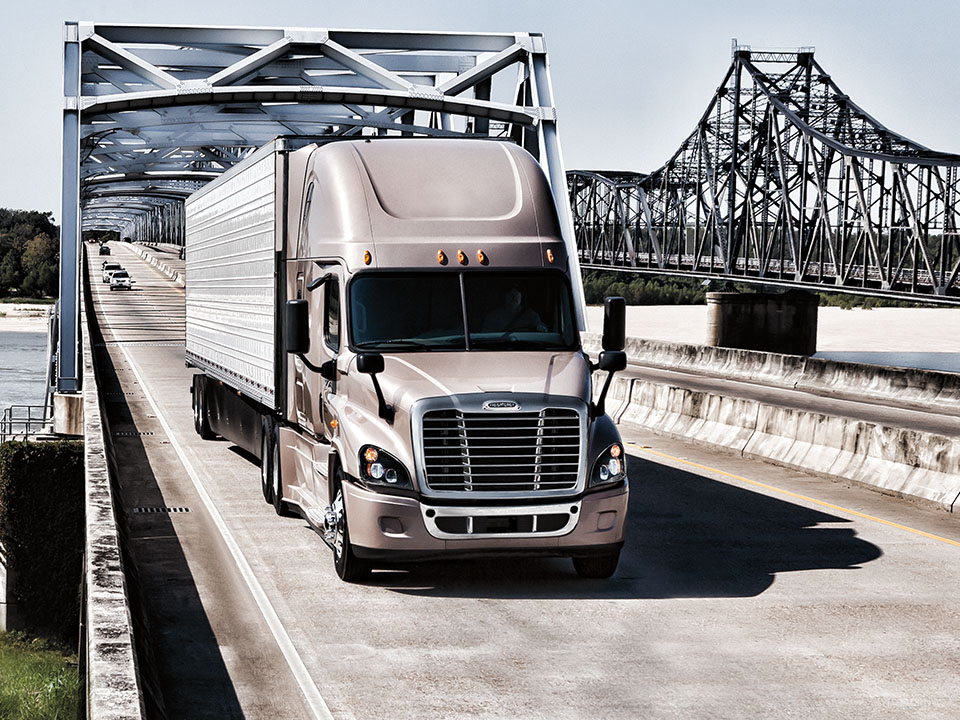Floods in the South…fires in the West…and a global pandemic! And we haven’t even gotten to the worst of hurricane season. No wonder businesses are reeling.
There has rarely been such a confluence of disasters as exists today. An article in FleetOwner covers the wildfires in the West, where the skies over San Francisco and other cities have turned a hellish shade of orange. Between this, COVID-19, and the onset of what could be a powerful hurricane season, businesses need to be proactive rather than reactive. Admittedly that was difficult with an unexpected crisis like the coronavirus; however, even that event shows how important it is for organizations to plan for more than just the normal natural disasters.
It’s certainly a tough time for any business, but for those who have to transport products from one location to another, from one state to another, these times aren’t just tough…they’re treacherous. The FleetOwner article notes that “There were reports in Oregon of drivers abandoning tractor-trailers on I-5 as conditions worsened along the California border.” Natural disasters create a logistics nightmare for carriers; they not only need to deliver product they need to protect their drivers and their property as well.
All of these incidents show that there is no better time to create a disaster recovery plan than before a disaster occurs. That will give businesses the model to follow once the disaster passes. This is true for things like wildfires, hurricanes, etc. When it comes to the truly unforeseen events, like the coronavirus, businesses should develop business continuity plans where the goal is to keep business running during an unplanned disruption of service.
In 2019, Business News Daily published an article detailing what small businesses should do but many of the suggestions apply to organizations of any size, including protecting data (a situation made easier with cloud storage); creating planning and leadership teams; developing different action plans for different disasters; training employees in response efforts; and more.
How do fleets handle disasters?
One might assume that although different fleets would handle disasters differently, most would at least have a plan. However, a July article in Tank Transport News found that size really matters. Citing a study from the American Transportation Research Institute (ATRI) and the Owner-Operator Independent Drivers Association (OOIDA) Foundation, the article notes that “most owner operators and trucking firms do not have a formal disaster plan, and of those that do, less than one-third address pandemics.”
But that changes when the size of the fleet is considered. The study notes that “Nearly 80 percent of owner-operators and small fleets do not have any type of disaster plan in place, whereas 70 percent of large fleets do.” Regardless of size, carriers, just like other businesses, need to protect their data and have plans in place. Unlike other businesses however, fleet plans need to include route planning. These route planning contingencies should address all types of natural disasters. Problems from hurricanes can be anticipated since weather predictions are made days in advance; but a sudden wildfire which can spread widely in a matter of hours doesn’t’ give logistics or drivers the time to make a plan. That’s why these routing plans need to include the range of possibilities. Also, one of the major issues facing fleets during a natural disaster is finding safe (and available) parking.
Facing the crisis of the pandemic presents different challenges. Plans here need to be more about business continuity as opposed to dealing with and recovering from a natural disaster. For other than drivers and technicians, many employees have shifted to remotely working from home. Smaller fleets may not have the necessary infrastructure in place to easily transition to this type of work; fortunately, today’s technology, like Microsoft Teams, makes this move much easier. In addition, some carriers have seen their demand increase substantially, potentially challenging their resource availability. For others, demand has dropped. These situations may result in more fleets considering working with a third-party provider who can help them handle the unanticipated ups and downs of an unexpected event.
What is clear is that, whether the danger is weather-related or disease-related, companies need to be prepared. If we couldn’t anticipate COVID, we can’t use that excuse should another situation like this arise. Plan now for every eventuality…and then hope you don’t have to put those plans into action.
Read more about industry issues in Jane’s IdeaXchange blogs.





